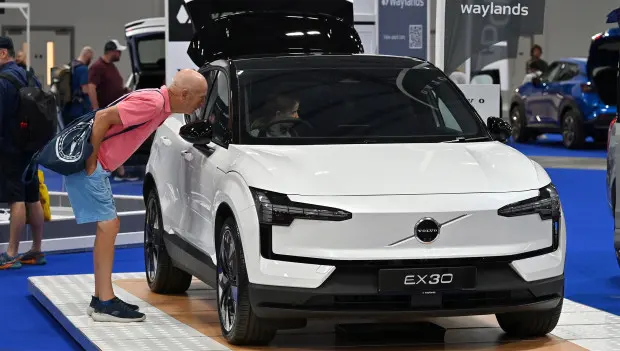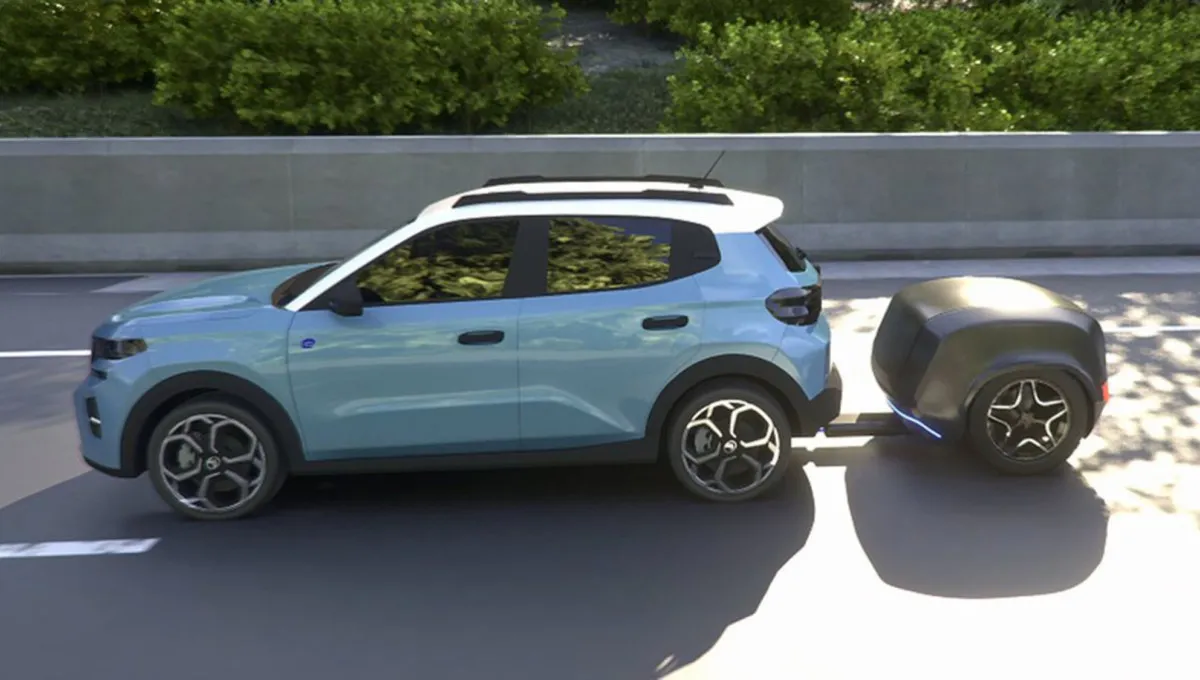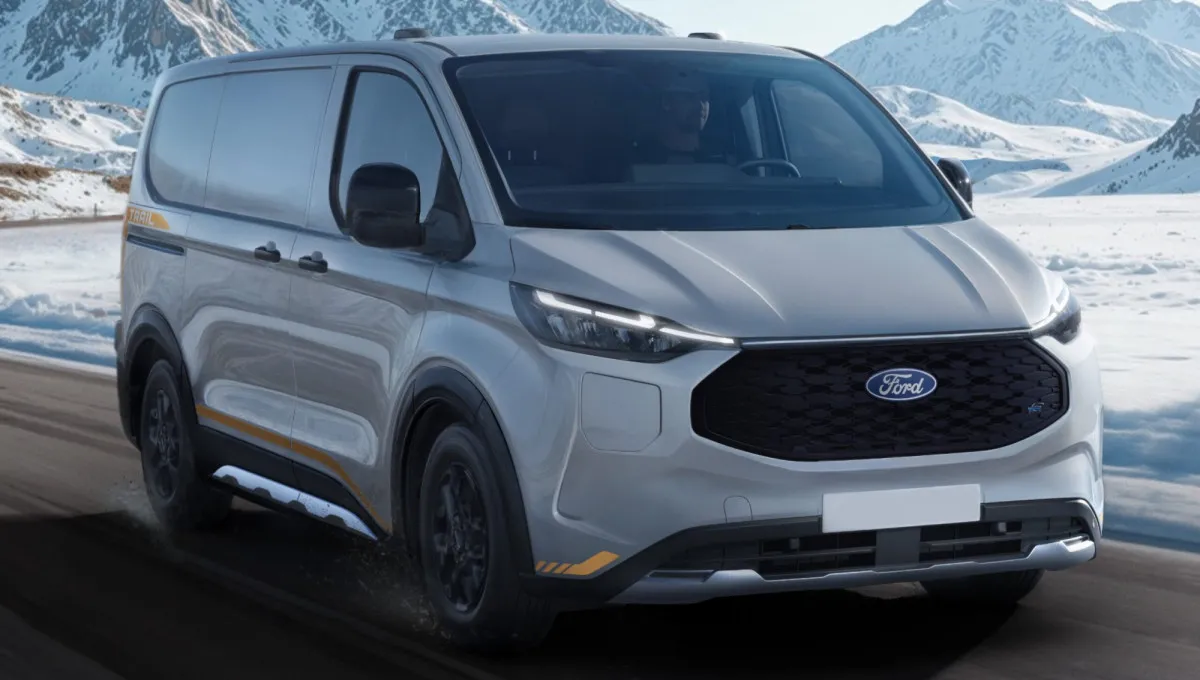Volvo’s Electric Empire: The Company Celebrates Its One-Millionth Hybrid and Prepares to Say Goodbye to Combustion Engines
Volvo Cars has officially announced the production of its one-millionth plug-in hybrid vehicle.

Volvo Cars has officially announced the production of its one-millionth plug-in hybrid vehicle — a major milestone for the Swedish automaker amid sweeping changes in the global automotive industry.
In the first half of 2025, 23% of all Volvo cars sold featured hybrid powertrains, while the new Volvo XC70 achieved a record electric-only range of more than 200 kilometers (about 124 miles). The milestone underscores that the company’s electrification strategy is steadily taking shape, with Volvo on track to reach its goal of a fully electric lineup by 2030.
Since its founding in 1927, Volvo has been synonymous with safety. Company engineer Nils Bohlin invented the three-point seat belt in 1959, and in 1972 Volvo introduced a rear-facing child seat inspired by space technology. Six years later, it developed the world’s first built-in booster cushion, and in 2019 it launched the “Equal Vehicles for All” initiative, opening its safety research to the public. This legacy of innovation often overshadows the brand’s other achievements — particularly in the field of electrification.
Volvo’s first plug-in hybrid — a diesel version of the V60 — appeared in 2012. Since then, the company has steadily expanded its hybrid lineup, offering PHEV versions across every model — a rare feat in the global market. In 2024, the XC60 PHEV became Europe’s best-selling hybrid. Of Volvo’s 11 current models, five are available as plug-in hybrids and six as fully electric vehicles. This balance reflects a methodical, long-term approach to transformation that the company has pursued for over a decade.
While many competitors were born electric, Volvo’s pace of adaptation is impressive. Between 2019 and 2024, annual hybrid sales rose from 46,000 to 177,000 units. Though modest compared to all-electric brands, the achievement highlights the challenges of shifting a century-old automaker away from internal combustion. Reworking production lines, revising safety standards, and securing new suppliers all demand time and major investment. Meanwhile, Volvo has also strengthened its position in the truck sector, capturing a 17.9% market share in Europe in 2025 — adding yet another layer of complexity to its transformation.
Against a backdrop of market volatility, supply chain disruptions, and changing consumer priorities, Volvo’s progress stands out. The company is not only upholding its reputation for safety but is also actively shaping the future of mobility — proving that even traditional automakers can adapt, evolve, and thrive in the electric age.
You may also be interested in the news:

Two Minutes for an Extra 185 Miles. How’s That for a Power Bank on Wheels?
When your phone dies and there’s no outlet around, you plug in a power bank and keep going. So why not create something similar for electric cars?

Ford E-Transit Custom and E-Tourneo Custom Get Bigger Battery and All-Wheel Drive
The vans and minibuses now feature an upgraded high-capacity battery, faster charging, and a dual-motor all-wheel-drive system.

Alpine Plots a Revival of Lightweight Sports Cars With the New A110 and All-New GT A310
Alpine has laid out its roadmap for two upcoming electric roadsters.

New Diesel Hybrids Coming in 2026: What Audi, BMW, Mercedes, Toyota and Others Have in the Pipeline
About 20 all-new diesel-hybrid models are expected to debut in 2026.

The Electric Chevrolet Silverado ZR2 Just Got 300 Times Cheaper — With One Catch
A kid-sized, fully electric Silverado ZR2 with remote control mode has just made its debut.